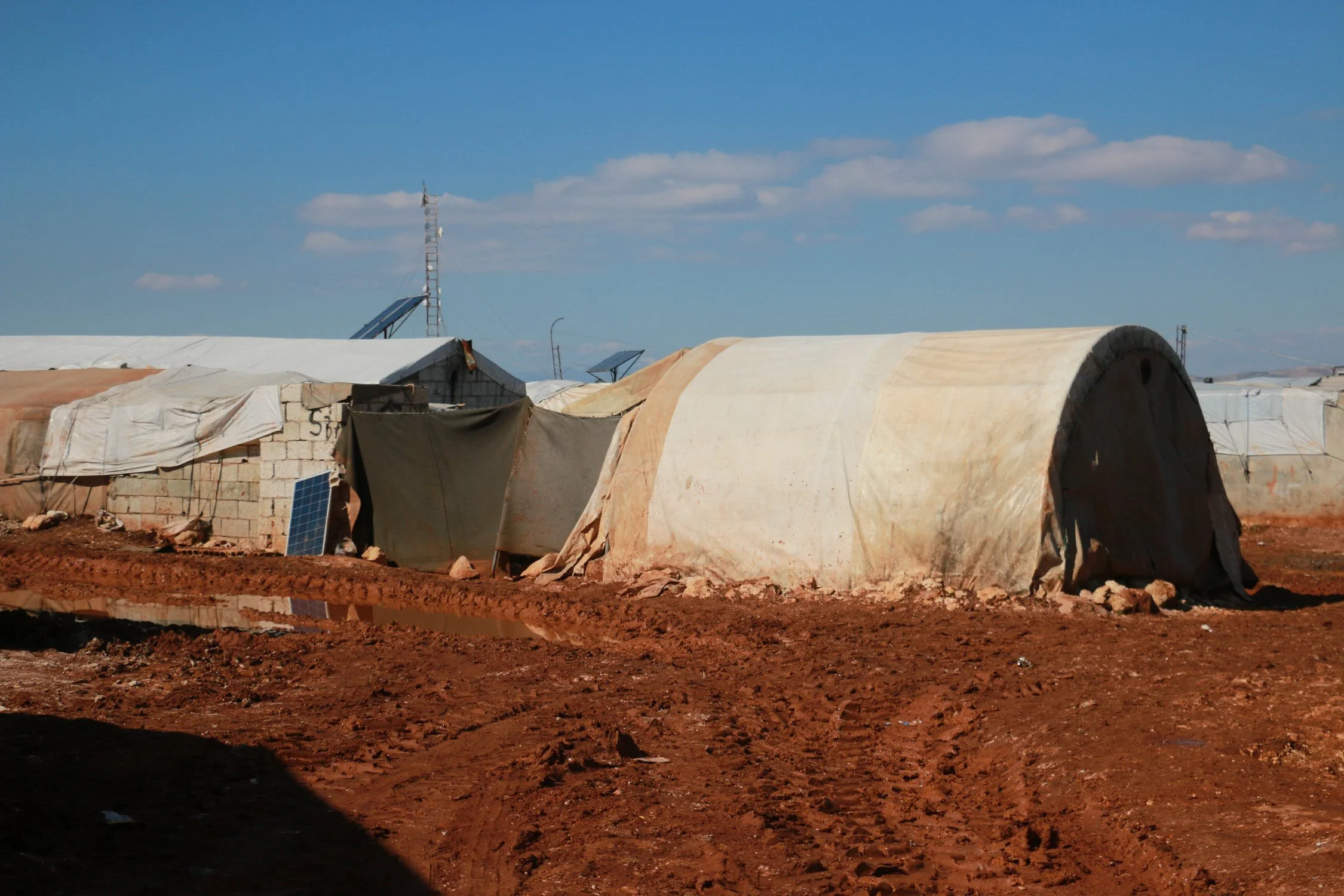by John Michael DeLappe
Refugee settlements around the world offer a place to transition in the hope of a new life. The UN Refugee Agency data estimates almost 85 million people are forcibly displaced around the world as of 2021, setting a new record high. As a result of the increase in refugees, humanitarian needs are increasing worldwide; the United Nations High Commissioner for Refugees (UNHCR) 2021 budget is now approved at $9.248 billion, with a funding shortfall of $4.4B.
Electricity is essential for access to basic services and assistance, but energy has not historically been considered a priority of humanitarian aid. The UNHCR stated that energy is “a basic need for everyone,” yet energy has received little attention as a humanitarian aid technique until recently. The latest updates in the UN Refugee Agency's budget indicates areas that are of the highest priority. Microgrid advancements in Rwanda can alleviate and assist these focus areas. Microgrids, which encourage local resilience and community participation in decision making, can be a large piece of the puzzle by addressing areas like health, education, sustainable housing, self-reliance, and as we will later discuss, even water. Not having access to energy hinders displaced people’s opportunities to build more productive, fruitful lives.
Infographic showing the UN Refugee Agency’s Budget Allocation for Rawanda. Image source: Climable, Inc.
The Need for Microgrids Case Study: Rwandan Refugee Camps
As refugee camps are built in response to a crisis, the immediate issues addressed are food, sanitation, and shelter; planners do not factor in energy. Infrastructure is usually minimal in refugee camps even though they have a lifespan of approximately 18 years. To learn more about the role of microgrids in improving refugee camp conditions, we are exploring Rawanda as a case study. The context of the devastating Rwandan Genocide, which took place just under 30 years ago, plays an interesting role in the country's current energy needs. Rwandan refugees are beginning to return home now that their economy has stabilized and new refugees are entering Rwanda as they flee conflicts in the Democratic Republic of the Congo and the problematic and violent Burundian election.
The need for electricity is constantly increasing as more refugees flee to Rwanda and as family sizes within these camps grow infrastructure does not grow to meet the population. The responsibility to build energy infrastructure falls heavily on the UN Refugee Agency (UNHCR) and Rwanda’s Ministry, together with various partners who provide water, healthcare, and shelter. However, even longstanding camps still have very limited access to electricity and clean water.
The energy needs of refugee communities, like the ability to cook food, move around at night, and keep warm or cool, are frequently unmet, especially in an emergency. Rwanda’s government estimates that currently only 41% of the country has access to electricity, and there is only a 9% connection rate in rural areas, according to a Colorado State University news report. For example, the Nyabiheke Refugee Camp, located in Eastern Province, Rwanda, has hosted 13,000 refugees since its creation in 2005. The Nyabiheke Refugee Camp needs a minimum of 13 kW generation capacity to sustain its operational electricity requirements, which are currently met by one of two 60 kVA diesel generators. A report from the Imperial College of London estimates that humanitarian organizations pay $30,000 per year for the diesel needed for power, with greenhouse gas emissions equivalent to 101 tonnes of CO2 annually.
Women and girls spend hours collecting firewood for cooking and heating. Bertrams, Nathalie. “Smoke and Mirrors: A Woman's Burden” Pulitzer Center, November 6, 2017.
With a lack of access to modern energy infrastructure, many Rwandan communities rely on firewood. Burning firewood for heat and cooking can have environmental and community health impacts. An estimated 2 million people a year die prematurely from illness attributable to indoor air pollution from solid fuels. In sub-Saharan Africa, more than 90% of people rely on biomass to meet their domestic energy demands. Cooking in sub-Saharan Africa has greater economic and health impacts on women, who often take on the greater burden of housework. Women can spend up to 20 hours a week collecting firewood in communities dependent on biomass.
As we’ve explored in previous blogs, it is often the most vulnerable (women, children, differently-abled, poor communities) who are most impacted by disaster, displacement, and the climate crisis. Whether in a refugee camp, a rural area, or a low-lying coastal city, disproportionate access to basic necessities and healthy living conditions are massive issues that we must address with innovative and equitable solutions. Stay tuned for the second part of this mini blog series where we will dive into successful microgrid implementation case studies that improved the lives of people in refugee camps.
What do you think? Should refugee agencies and governments focus more on energy as a humanitarian response? Let us know in the comments and as always, reach out to info@climable.org with any ideas, comments, or questions.
Banner image by Ahmed Akacha from Pexels




